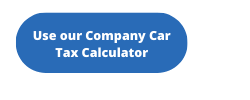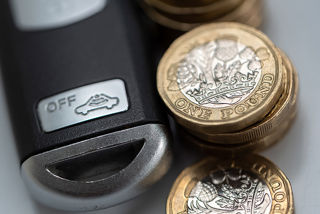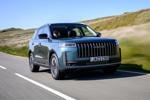
Fleet FAQ
Q:
What are the current benefit-in-kind (BIK) company car tax bands?
A:
UK company car tax bands: 2025 - 2030
The tables below shows future BIK tax bands (also known as company car tax) based on CO2 emissions of your vehicle.
You can use this data to calculate the company car tax rate that will apply to your vehicle. Click here for more advice on how to calculate your company car tax.
The BIK bands are set by HMRC and are based on a vehicle's CO2 emissions. A rate applies to electric or alternative fuel cars that emit zero CO2 emissions.
If you drive a hybrid car that emits less than 50g/km, the rate is based on the zero-emissions range. This is the distance the car can go on electric power before its batteries need recharging.
To check the zero-emission range for plug-in hybrids, click here.
The Government announced in the 2024 Autumn Budget new company car tax rates for 2028/29 and 2029/2030.
The rates for the current tax year are highlighted in bold, below.
(If viewing on a smart phone turn to side to view tables)
These rates apply to vehicles registered after April 6, 2021.
|
CO2 (g/km) |
Electric range (miles) |
2024/25 (%) |
2025/26 (%) |
2026/27 (%) |
2027/28 (%) |
2028/29 (%) |
2029/30 (%) |
|
0 |
N/A |
2 |
3 |
4 |
5 |
7 |
9 |
|
1-50 |
>130 |
2 |
3 |
4 |
5 |
18 |
19 |
|
1-50 |
70-129 |
5 |
6 |
7 |
8 |
18 |
19 |
|
1-50 |
40-69 |
8 |
9 |
10 |
11 |
18 |
19 |
|
1-50 |
30-39 |
12 |
13 |
14 |
15 |
18 |
19 |
|
1-50 |
<30 |
14 |
15 |
16 |
17 |
18 |
19 |
|
51-54 |
|
15 |
16 |
17 |
18 |
19 |
20 |
|
55-59 |
|
16 |
17 |
18 |
19 |
20 |
21 |
|
60-64 |
|
17 |
18 |
19 |
20 |
21 |
22 |
|
65-69 |
|
18 |
19 |
20 |
21 |
22 |
23 |
|
70-74 |
|
19 |
20 |
21 |
21 |
22 |
23 |
|
75-79 |
|
20 |
21 |
21 |
21 |
22 |
23 |
|
80-84 |
|
21 |
22 |
22 |
22 |
23 |
24 |
|
85-89 |
|
22 |
23 |
23 |
23 |
24 |
25 |
|
90-94 |
|
23 |
24 |
24 |
24 |
25 |
26 |
|
95-99 |
|
24 |
25 |
25 |
25 |
26 |
27 |
|
100-104 |
|
25 |
26 |
26 |
26 |
27 |
28 |
|
105-109 |
|
26 |
27 |
27 |
27 |
28 |
29 |
|
110-114 |
|
27 |
28 |
28 |
28 |
29 |
30 |
|
115-119 |
|
28 |
29 |
29 |
29 |
30 |
31 |
|
120-124 |
|
29 |
30 |
30 |
30 |
31 |
32 |
|
125-129 |
|
30 |
31 |
31 |
31 |
32 |
33 |
|
130-134 |
|
31 |
32 |
32 |
32 |
33 |
34 |
|
135-139 |
|
32 |
33 |
33 |
33 |
34 |
35 |
|
140-144 |
|
33 |
34 |
34 |
34 |
35 |
36 |
|
145-149 |
|
34 |
35 |
35 |
35 |
36 |
37 |
|
150-154 |
|
35 |
36 |
36 |
36 |
37 |
38 |
|
155-159 |
|
36 |
37 |
37 |
37 |
38 |
39 |
|
160-164 |
|
37 |
37 |
37 |
37 |
38 |
39 |
|
165-169 |
|
37 |
37 |
37 |
37 |
38 |
39 |
|
170+ |
|
37 |
37 |
37 |
37 |
38 |
39 |
A 4% surcharge applies to diesel vehicles not meeting the RDE2 standard.
If you have a company van, different rates apply. You can use our Van Tax Calculator to work out the costs.















